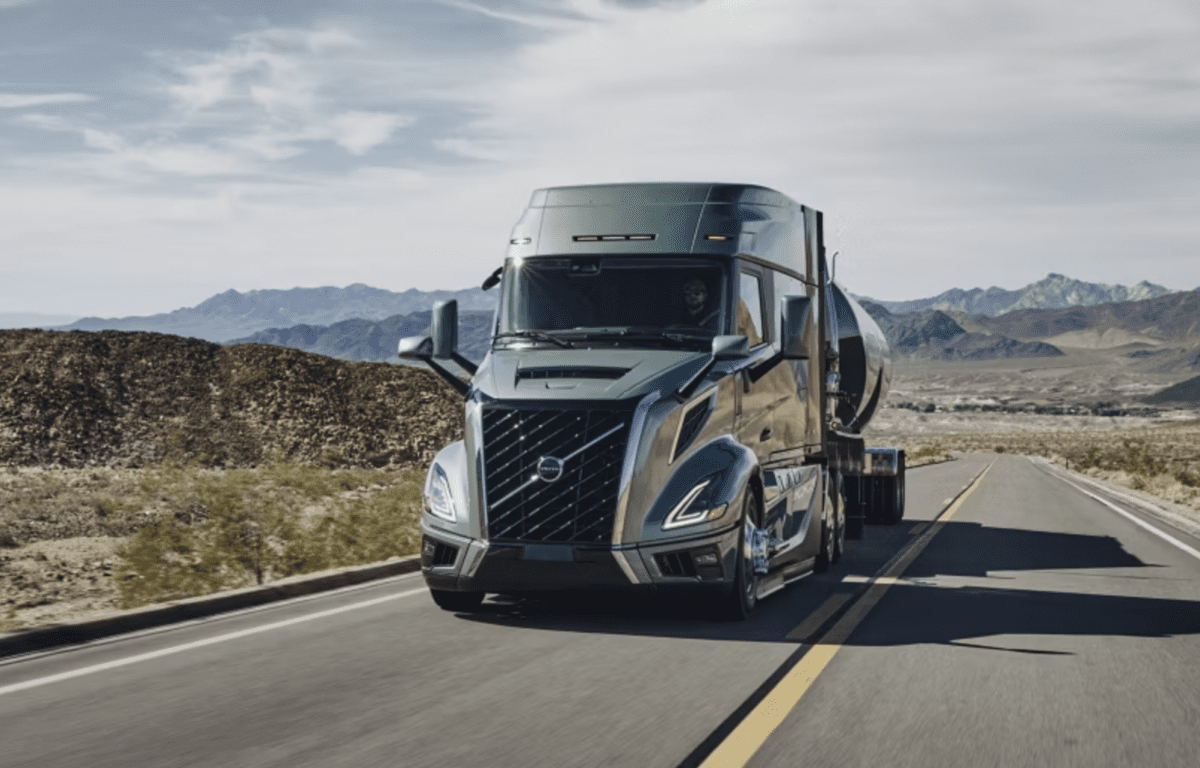At Automotive World’s Megatrends India 2014 conference, one overriding message from automotive industry leaders struggling with a stagnant domestic market was that the 2014 parliamentary election would effectively split the year in two, with strategic decisions and any recovery on hold until after the result had been declared.
Following strong growth in India’s new vehicle market over the last decade, sales had widely been expected to mirror in performance the growth of China’s new vehicle market in the early 2000s – if not in volume, then at least in percentage terms. However, weak and even negative sales in the last two years have left the country’s new vehicle market well short of earlier expectations.
Passenger vehicle sales in calendar 2013 declined for the first time since 2002, falling 11% to 1,807,011 units. The health of the Indian medium and heavy commercial vehicle sector is much more troubling; in 2013, sales were down 29% to just 215,000 units.
Comments made by various key players in the Indian market in several recent Automotive World interviews suggest that, in terms of vehicle sales, 2014 will be an unremarkable year – “a year to forget”, in the words of Piyush Minot, India Managing Director, ZF India. There is, however, optimism that the passenger and commercial vehicle sectors can recover over the medium and long term to levels that would put India up alongside some of the world’s largest vehicle markets.
A structural crisis
Rakesh Batra, Partner and National Leader Automotive Sector at EY, said he believes the current crisis is structural, rather than cyclical, “largely driven by macro-economic conditions and the slowdown of the economy where we went from 8% growth rate to under 5%. That has really impacted consumer confidence.” Furthermore, he said, rising inflation – already over 8% – has resulted in higher fuel prices and higher interest costs.
2014 will be “another write-off year,” with little to indicate an uplift in sales, said Batra. “Recognising the difficult conditions, the government has recently reduced excise duties on most vehicles, but it’s a very short-term measure. Is that going to result in a reinvention of sales and growth back to double digits? Probably not.”
Unsurprisingly, Batra sees the 2014 parliamentary election as pivotal in 2014, with the country’s economic recovery dependent on the outcome of the election. “If a stable government comes in, if consumer sentiment returns, if interest rates get under control, then the macro-economic situation gets better.”
Although Batra expects 2014 to be a slow year, with flat to negative growth, he believes there could be an improvement towards the end of the year. “Providing we do have macro-economic growth coming back, and a stable government being able to form at the centre, then I expect by the end of the year, when we come around to the next festival season, which is around September, October, then we should start seeing some lift in sales happening, and hopefully a better 2015.”
2014 – a year to forget…
From a supplier perspective, ZF India’s Piyush Minot is more optimistic about the Indian market in 2014. Minot told Automotive World at Megatrends India 2014 that the high number of Indian and global vehicle launches at the 2014 Delhi Auto Show in February will act as a stimulus for new car buyers; this, coupled with the government’s recent reduction in taxes, will inspire buyers. “2014 for the passenger car industry should be fairly good,” said Minot. “It won’t be at the levels of previous years, but it will not be negative.”
The commercial vehicle industry, however, has a flat year ahead of it – “a year to forget”, says Minot. The CV industry depends on the industrial manufacturing index and infrastructure projects “which are not being implemented due to various policy reasons, as well as government regulations.”
…but longer-term, the outlook is positive
Over the medium and longer term, the outlook for the automotive industry in India is still positive, believes EY’s Batra. “As long as we have macro-economic growth, back to levels of 7% or 8%, that’s going to drive an increase in per-capita income, and given our low penetration rates, and no alternative options for personal mobility, it’s going to result in higher sales of vehicles.”
Looking out five to ten years, Batra expects to see a return to growth. “There is a lot of pent-up demand. A vehicle is an aspirational product, and consumers will want to fulfil their aspirations.” At Megatrends India 2014, there was talk of India being a market of 8 million units by 2020, but Batra is more cautious. “Will it be 8 million? Probably not, because we’ve lost two years of 15-16% growth, but we’ll probably be around 6 to 6.5 million units of domestic sales, and then a couple of million units export, which will still, from a manufacturing perspective, make this an 8 to 9 million unit market for passenger vehicles.”
“By 2020,” says ZF’s Minot, “it is said that we should be reaching a number of around 9 million passenger cars. Due to the slowdown in the last two years, we might be on a growth path…whether it will be 9 million units will be seen in the coming years.”
A market with potential
According to Stefan Jacoby, Executive Vice President Consolidated International Operations, GM, “Our long-term outlook on India is positive, but the short-term expectation is rather flat or negative.” Jacoby, who has responsibility for over 100 countries and territories in Africa, Asia Pacific, Europe and the Middle East, told Automotive World that in terms of growth rate, “it will be similar to China. It may not be as dramatic as China, but there are areas in India which are pretty much under-developed, and these could create greater demand.”
Ford, too, is positive about the longer-term prospects for India’s new vehicle market. “We believe in the future of India,” said Jim Farley, the OEM’s Executive VP, Global Marketing, Sales and Service, during an interview with Automotive World at the 2014 Delhi Auto Show. “By 2020, we expect that the industry size could be in the order of 7 million units, up from 3.2 to 3.3 million units this year. The energy is fantastic. Despite the challenges in the Indian auto market, the opportunity is still so easy to understand.” Farley’s forecast was echoed by Ford India’s Executive Director of Manufacturing, Tom Chackalackal, in his presentation at Megatrends India 2014.
Market leader Maruti Suzuki – which has a market share of around 43% – is embarking on a new model offensive to attract new customers through the launch of innovative products like the Celerio with Automatic Gear Shift (AGS). Kenichi Ayukawa, the Managing Director of Maruti, Suzuki’s largest subsidiary, said “As far as sales are concerned, we expect the domestic market [for Maruti] to grow from 1.1 million units annually to 1.5 million, while exports may increase from 120,000 units to 200,000 or 300,000 units.” Maruti sold 1.064 million units in the 2013 calendar year.
Honda’s commitment to India is absolute, and the OEM is in the process of a major expansion of its Indian manufacturing footprint. “India is one of the most important markets for Global Honda,” said Takanobu Ito, President and Chief Executive of Honda Motor Co., speaking to Automotive World recently. “We will increase our sales target to 300,000 units annually by the end of March 2017. This is three times more than the sales achieved last year.”
India’s truck market could “easily” reach 500,000 units
In a panel discussion on the commercial vehicle day of Megatrends India 2014, it was agreed that India’s truck market has the potential to reach volumes of up to 500,000 units within ten years.
Marc Llistosella, Chief Executive of Daimler India Commercial Vehicles and Chief Operating Officer of Daimler Trucks Asia, said the Indian truck market is “on its knees”, using the word “shattered” to describe the market’s prospects in 2014. “If we exceed 210,000 units above 6t, it will be a good surprise.” However, Llistosella expressed full confidence in the market’s potential: “we have easily the potential for 500,000 units, making it the second biggest truck market in the world.” A market of 450-500,000 units could be achieved by 2018, he said, but getting there requires progress and change both politically and in terms of business culture.
Ravi Pisharody, President – Commercial Vehicles business unit at Tata Motors, said he believes the Indian CV market could reach the half-a-million-unit mark. A Ramasubramanian, AMW Motors’ President, expects the market to reach a slightly lower level of 400,000-450,000 units in ten years’ time.
At Scania Commercial Vehicles India, Managing Director Anders Grundstromer’s confidence in the Indian market is based on expectations that goods volumes transported by road will double between now and 2020. As a result, he sees India becoming a 400,000 to 500,000 unit CV market.
ZF’s Minot provides a supplier’s perspective on India’s longer-term CV outlook: “We at ZF believe the commercial vehicle industry will not only bounce back, it will reach new all-time highs. By 2020, we expect the 6t and above segment to be at roughly 500,000 units.”
Mid-May, and the outcome of the election, could not have come soon enough. The election result itself is unlikely to have any immediate impact on India’s new vehicle market, but a significant milestone was reached, enabling political and business communities to begin building the country’s economic recovery – and economic growth translates very quickly into rising vehicle sales.





